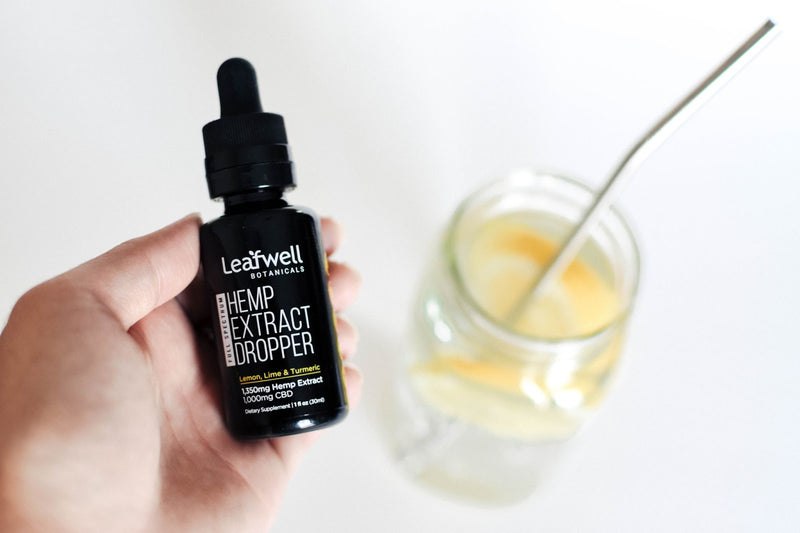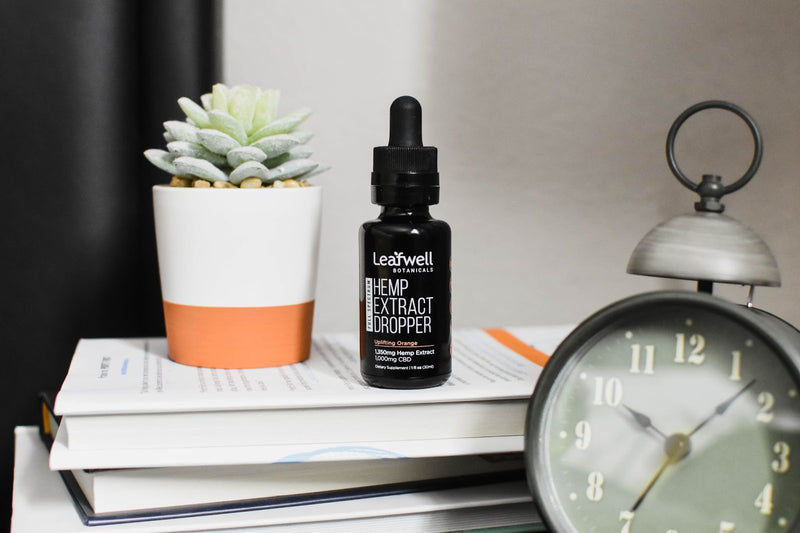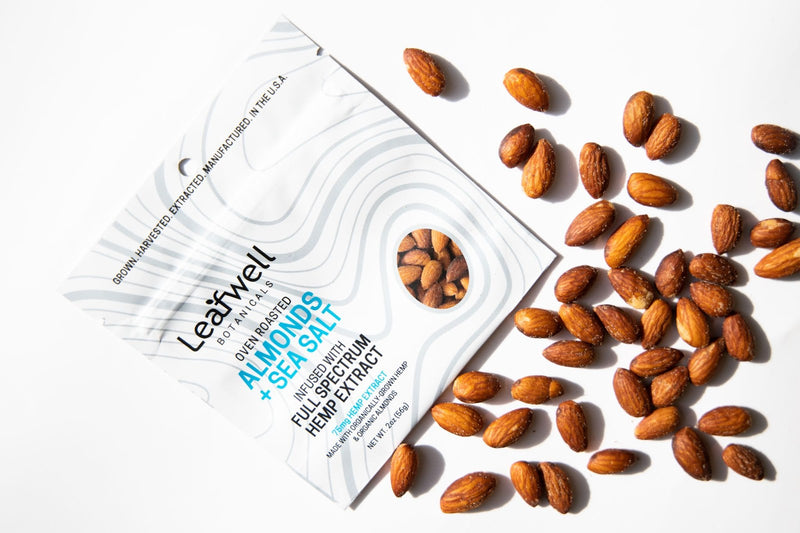Almond Butter vs. Peanut Butter: Health Comparison, Taste, & More

Peanut butter is a staple of most American diets, so chances are you have at least one jar of it in your pantry. And why not? Peanut butter is versatile, relatively affordable, and seriously tasty.
Recently, though, almond butter has been getting more and more attention as an alternative to peanut butter, especially for people with peanut allergies. But how different are the two? And which one is better for you?
This article will compare everything from the taste of these two nut butters to the amount of protein each nut butter contains, and will determine once and for all which nut butter is the best for your health.
For all this and more (including what to look for in the perfect nut butter), keep reading!
How is Nut Butter Made?
Though it may surprise you, nut butter is actually extremely easy to make. In fact, if you wanted to, you could even make it at home!
Effectively, nut butter is the result of grinding nuts down into a spreadable form. If you are not into the idea of making nut butter on your own (which can be a little labor intensive for some), there is no shortage of nut butter on the market. Though peanut butter is definitely the most popular option, you can find nut butters made from hazelnuts, macadamia nuts, cashews, and pistachios (and almonds of course).
Almond butter and peanut butter differ very little in the way that they are made--the only difference here is that one is made from almonds while the other is made from peanuts. Almond butter and peanut butter products may also contain different additional ingredients which is critical in deciding what the healthiest option may be (honestly more important than the differences between peanut butter and almond butter themselves).
In general you should be looking for nut butters with no added sugars, either no salt or a reasonable amount of salt and not overdone, and clean label ingredients not hiding behind “natural flavors or artificial flavors” if your goal is to have something healthy & good for you (which isn’t always the case).
There’s also an emerging trend with functional snacks which are products like nut butters infused with amazing ingredients such as CBD, functional mushrooms, nootropics, adaptogens, and many other ingredients which can serve multiple purposes in addition to being a healthy snack.
Health Comparison
By and large, nut butters are considered to be healthy as they are jam packed with nutrients (though it’s important to note it is a high calorie snack). They are good sources of healthy fats, protein, antioxidants, vitamins, and fiber, and will help you feel fuller for longer.
Eating nut butter regularly, as part of a healthy diet, can even lower your risk for heart disease, obesity, and type 2 diabetes.
Let’s look at a full breakdown of all the different nutrient components of almond butter and peanut butter!
Protein
Protein is a macronutrient, which means that the body needs high amounts of it to function at its best. Proteins help build strong muscles, bones, and skin, repair tissue, break down food, and modulate hormone levels.
Both peanuts and almonds are excellent sources of protein, so it should come as no surprise that their butter counterparts are also high in protein. In just one tablespoon of peanut butter you can get approximately 3.6 grams of protein, while one tablespoon of almond butter equates to approximately 3.4 grams of protein.
As you can see, the numbers are comparable but peanut butter has slightly more protein per serving.
Fat
There are three main types of fats: trans, saturated, and unsaturated. In general, you should avoid trans fats completely, eat saturated fats in moderation, and consume unsaturated fats as a regular part of your healthy diet.
In other words, unsaturated fats are really good for you, and, luckily, nut butters contain a lot of them. One tablespoon of almond butter contains ~7.4 grams of unsaturated fat, while the same amount of peanut butter has ~6.2 grams of unsaturated fat.
While almond butter clearly contains more healthy fat than peanut butter, they are both some of the richest sources of unsaturated fat available.
Fiber
Fiber helps to regulate digestion and maintain healthy cholesterol levels. When you eat fiber you feel fuller for longer, so you are less likely to overeat.
Almond butter and peanut butter both contain a lot of fiber, although almond butter (~1.6 grams) has slightly more than peanut butter (~0.8 grams) per tablespoon.
Essential Vitamins and Minerals
Eating almond butter or peanut butter is a great way to build up your body’s store of a number of different essential nutrients, including vitamin E, calcium, iron, magnesium, potassium, biotin, and zinc.
While almond butter has more calcium than peanut butter, the other numbers are relatively comparable, and either way both nut butters boast sizable amounts of all of these vitamins and minerals.
Sugar
When looking for a healthy snack, almond butter and peanut butter should contain no added sugars. Sugar will speed up digestion and lessen the benefits of fiber, causing your energy levels to spike and dip. You will also feel hungry again sooner after eating, which facilitates weight gain. For our sweetened nut butters we use monk fruit which is an excellent sweetener that adds no calories, after taste, and does not cause gastrointestinal issues like sugar alcohols.
Avoid this by only eating natural nut butters with no added sugars.
Calories
Each tablespoon of pure almond or peanut butter contains about 100 calories. Though this may not sound like a lot, given how small the serving size is, it is actually pretty easy to overdo your nut butter consumption. Despite the small serving size, you get a lot of bang for your buck when it comes to nutrients. As such, you should stick to about 1-2 tablespoons of nut butter when consuming idly but can consider more if you’re exercising.
Clearly, there is very little difference in calories between almond butter and peanut butter so it should not weigh on your decision between the two. The only thing to keep in mind is that any food can be unhealthy when eaten in excess, so following the manufacturer’s guidelines in terms of serving size will be most beneficial to your health, keeping in mind that your lifestyle definitely plays a role in this (active lifestyles have much more wiggle room with suggested servings).
Taste Comparison
The taste comparison is another tough choice which is fortunate for anyone with a peanut butter allergy because they have options! It’s also important to note that this is a comparison of completely natural nut butters with no added ingredients. When other ingredients are added you will have much more variety in preferences.
The taste of a nut butter derives a lot from how the nuts have been prepared prior to being ground down into paste. If the nuts are roasted beforehand, this will bring out the nuttiest flavor. This applies to both almonds and peanuts. However, just given the main ingredient of any nut butter, you can assume that it will taste at least a little nutty.
Almond butter and peanut butter may also differ slightly in texture. Both almond butter and peanut butter can be either creamy or crunchy depending on your preference while almond butter is just a tad bit smoother.
Deciding which one tastes better is entirely up to your personal preferences, but we prefer creamy peanut butter ourselves and whole oven roasted almonds for snacking!
Accessibility Comparison
Accessibility may also play a major role in determining which nut butter is more likely to end up in your pantry. By accessibility we mean--is this nut butter readily available, and is it affordable?
Part of the reason peanut butter is so popular is because it is available anywhere you buy food, often with a variety of choices in texture and brand. Perhaps more importantly, peanut butter is also relatively inexpensive. Given the average shelf life of a jar of peanut butter compared to the small serving size, one container can last you a long time, though in our experience it somehow magically disappears quicker than expected.
Almond butter, on the other hand, is a lot more expensive than peanut butter. The average jar of almond butter will cost over double what the average jar of peanut butter costs and when considering organic it may even be 3-4x the price.
As such, when it comes to accessibility, peanut butter wins by a long shot.
What To Look For in A Nut Butter
When it comes to deciding which particular nut butter is right for you, there are a few factors you should take note of.
Firstly, read the label of any nut butter you buy. The ideal nut butter only contains ingredients that are clearly labeled (not artificial flavors or even natural flavors), organic where possible, a low amount of salt, and only clean label ingredients for any additional supplements or flavors, if you so desire. Avoid any nut butter that contains added sugars, partially hydrogenated oils, trans fats, artificial ingredients, or “natural flavors”.
Plus, be aware that any reduced-fat nut butter typically contains more sugar than normal to compensate for the lower fat content. A reduction in fat is not necessarily beneficial for nut butters anyways, since they tend to contain primarily healthy fats.
The phrase no stir on a nut butter label is a red flag, because it most likely means the manufacturer added palm oil, a type of hydrogenated oil, to avoid separation within the product. Hydrogenated oils are unhealthy types of fat, and may lead to higher levels of bad cholesterol (LDL). Not to mention palm oil is one of the most unsustainably farmed crops in the world. Accordingly, look for nut butters that you have to stir (AKA they separate), so as to avoid unwanted trans fats. Fortunately after you stir, if you refrigerate the nut butter it should stay mixed.
Finally, when given the choice between organic and non-organic, choose organic. While it may be a little pricier, organic nut butter is less likely to have been exposed to harmful pesticides and heavy metals and is more likely to be a high quality of product.
In Conclusion: Which Nut Butter is Best?
Almond butter and peanut butter have similar nutrient breakdowns, with peanut butter containing more protein and almond butter containing more fiber. These nut butters are also similar in taste, though their texture may differ. Finally, and the deciding factor in all this, peanut butter is much more accessible and affordable than almond butter.
As a result of all this, peanut butter has the edge over almond butter, though of course both nut butters are great for you.

You can get the most out of your peanut butter consumption with our Creamy Peanut Butter made with certified organic ingredients, containing 750mg of full spectrum CBD per jar. Promote your overall health by combining the many nutrient benefits of peanut butter with the soothing effects of CBD!
Sources
Almond Butter vs. Peanut Butter: What’s Healthiest? (healthline.com)
Almond butter vs. peanut butter: Which is better for you? (medicalnewstoday.com)
Nut Butters: Which One Is Healthiest? | Cedars-Sinai (cedars-sinai.org)







